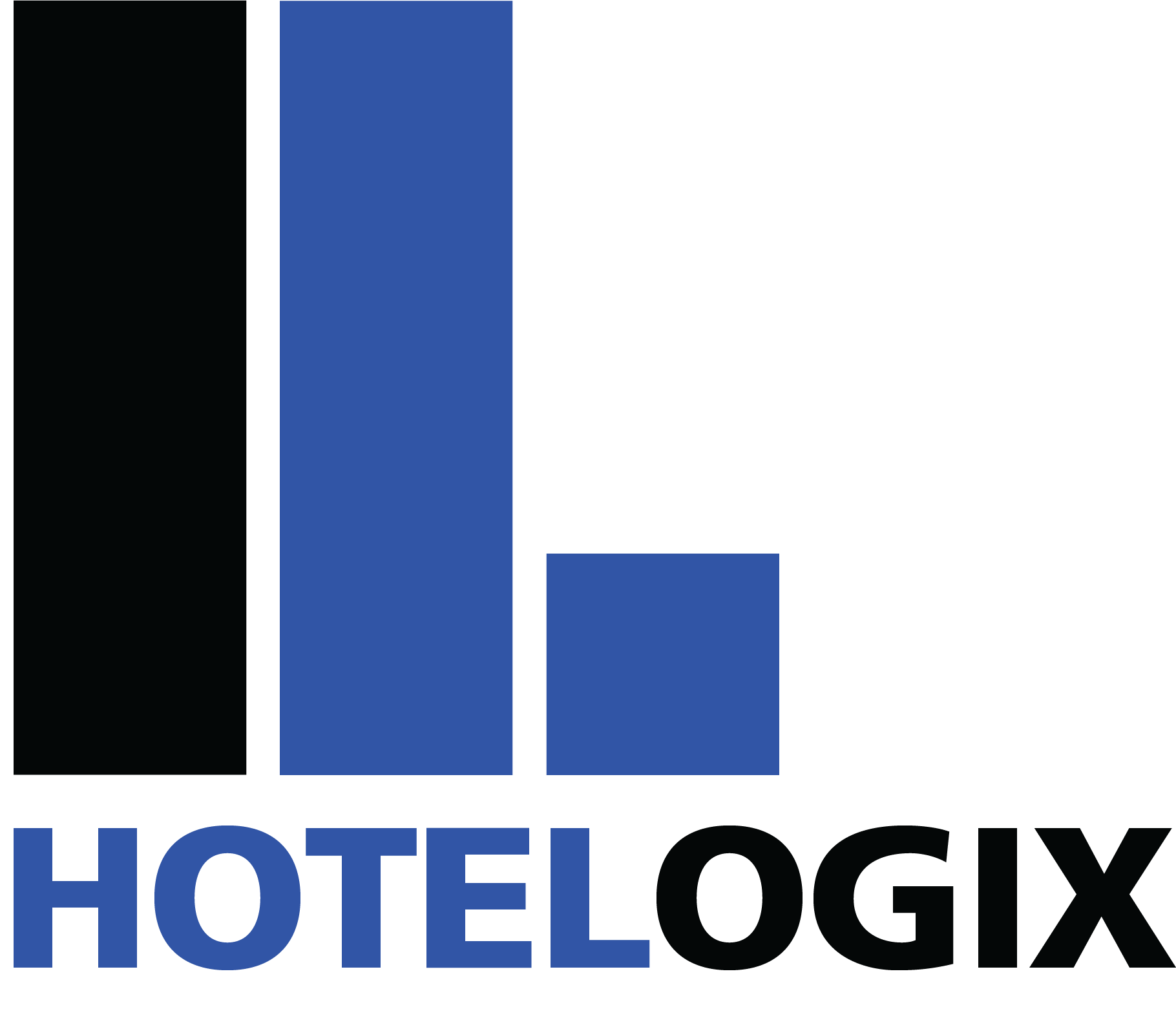Pricing strategies in the hotel industry is one topic that will forever be discussed by hoteliers the world over. After all, there is no magic mantra that is universally approved for hotels to achieve their goals and increase hotel Revenue! That being said, there are some hotel room pricing strategies that have steadily proven to be effective. A combination of different pricing methods can take you a long way in attaining success in the hospitality industry. And we bring to you five such effective hotel pricing strategies to help you maximize revenues and build a sustainable hotel business.
But before we get to that, let’s get a deeper understanding of what hotel pricing strategy is all about and why you need to have one, in the first place.
What is a Hotel Room Pricing Strategy?
The price you set for your hotel rooms is crucial for your business, especially when you aim to sell more rooms. If your pricing strategy is wrong, it won't attract guests to book with you and won't help increase your hotel revenue. That’s why rightly pricing your rooms at the right time is inevitable. It would help you sell more rooms and boost your occupancy. Ultimately, this leads to increased profitability.
What is the Importance of a Hotel Room Pricing Strategy?
The answer to this question is quite simple – if you charge too high, you will lose customers to your local competition that offers reasonable rates for more or less the same type of accommodation and services. And, if your rates are not competitive enough and you charge less, you will end up losing money. In this case, you might get more guests, but it would be too difficult to cover your operational costs.
Factors Influencing Hotel Pricing Decisions
Determining the right hotel room rate is not an easy task. This whole game of hotel room pricing strategies to boost revenue becomes quite complex as you need to consider several factors that impact your room pricing. Some of them are –
- Your room types
- Value of services you offer
- Your occupancy
- Your guest segments
- Demand and supply in the local market
- Competition pricing
- Seasonality
- And even the day of the week
Best Hotel Pricing Strategies
Let’s look at some of the hotel room rate pricing strategies that can help you sell your rooms so that you get to realize maximum room revenue:
1: Occupancy-Based Dynamic Pricing
Dynamic pricing strategy in hotels helps to change room rates based on travel demand. When more people want to book rooms, prices increase. When fewer people want to book, prices decrease. This automated approach helps hotels manage revenue effectively, ensuring they maximize profits during high demand and attract guests during low demand.
For example – if 45 out of 50 rooms are occupied, you can charge more for the remaining 5 rooms. This approach will increase your ADR and RevPAR. Additionally, at low demand seasons, when your occupancy is low, you can charge less for your room to attract bookings.
Read Also: Hotel Dynamic Pricing: Balancing Profitability & Guest Loyalty
2: Forecasting-Based Pricing
It is all about tweaking your hotel room price while forecasting the number of rooms that would be available for future dates. For this, you should have a clear understanding of your hotel’s historical data – occupancy data for the last couple of months and for the same period during the previous year.
This would give you an idea on how the occupancy might look on a given date. That’s how a proper forecasting would allow you to make necessary changes in your room rates, based on demand and expected occupancy.
Your forecast would also depend on the increase or decrease in travelers coming to your area or an increase or decrease in the number of your competitors.
3: Competitor-Based Pricing
You will be able to come up with a competitor-based hotel room rate pricing strategy only when you understand at what rates your competitors are selling their rooms.
When considering competition, focus on hotels in your segment and star category, as pricing strategies of 5-star hotels also need to compare your rates with their pricing and see if you offer value to your guests.
Proper monitoring will help you understand what customers are already paying and how much they will be willing to pay. Armed with these insights, tweak your hotel room price so that you can sell your rooms at competitive rates.
4: Length Of Stay Based Pricing
This is also called Best Available Rate by Length of Stay. With this strategy, you change room prices based on when guests arrive and how long they stay. To set the right price, you look at demand, bookings, and how sensitive guests are to prices. You adjust prices based on the maximum or minimum length of stay to improve occupancy. The key is that guests pay one rate for their entire stay.
Some other hotel room pricing strategies that can help you are –
- If a guest checks in on Wednesday and checks out on Saturday, you can charge more for Friday night since weekend rates are usually on the higher side.
- Implement a daily pricing strategy to charge different rates for each night of a guest's stay.
- Apply an hourly pricing strategy for rooms expected to be sold in the near future - by tomorrow or the day after tomorrow.
- Update your travel agent and corporate contracts based on your average daily rate (ADR), demand, and hotel performance.
- Enforce a 'no refund cancellation policy' during peak seasons when your occupancy rate is high.
5: Guest Segment-based Pricing
In this case, you adjust the price of the same room for different guest segments. It means charging different rates from different guests. For instance, you might charge more for a sea-view suite but less for a regular suite on any day.
When guests see value in the services provided, they won’t mind paying a higher price. Maintaining a good online reputation can really help here. Implementing this pricing strategy can boost profits and guest satisfaction.
6: Psychology-Driven Pricing Strategy:
Understanding how people think can help in important business decisions, like marketing, sales, employee satisfaction, and guest experience, psychology also plays a role in creating a more effective hotel pricing strategy.
Consider this, for example:
Psychology suggests that people read numbers at a glance from left to right. And when a price ends with a 9, instead of a whole 0, they are more likely to go for it. This can be a game-changer for you while creating your hotel room pricing strategy.
What this means is, let’s say you sell a certain room type at $200. Bookers are more likely to go through with the booking if the price were $199 instead of $200. For you it is a difference of $1. But that $1 can go a long way in convincing the booker that you are priced fairly. Voila! Win-win!
7: Offering Rooms with Packages:
Offering packages is one of the most effective pricing strategies in the hotel industry. Instead of selling just rooms, you could create specific packages inclusive of additional offerings/services at a reasonable rate. This compels people to believe that they are getting more for less.
Packages could be as simple and universal as “Breakfast packages’ (which could include an elaborate buffet breakfast for a price that is much more affordable than what it would cost the guest if they were to opt for it separately) or something more personalized like a ‘Honeymoon package’ where you could throw in multiple activities and services for couples at an irresistible price. There are several ways to design packages and many factors that affect it. So, study your audience and understand what would work best for your hotel.
Pricing strategies for small hotels
Small hotels can benefit greatly by implementing effective pricing strategies:
1: Competitive Pricing: Set rates slightly lower than local competitors.
2: Dynamic Pricing: Adjust rates based on demand and seasonal trends.
3: Length-of-Stay Discounts: Offer attractive deals for longer stays to attract guests.
4: Promotional Offers: Use special offers and packages to ensure room occupancy during off-seasons.
5: Value-based Pricing: Highlight unique amenities to justify pricing.
Pricing Strategies for Hotel Groups
Group pricing strategies for hotels involve different approaches aimed at maximizing revenue and occupancy across multiple properties:
- Centralized Pricing: By implementing a centralized hotel group pricing strategy, hotels can set consistent rates across all properties while adjusting them dynamically based on market demand, and season.
- Segmented Pricing: Tailoring room rates to different segments such as business travel, leisure guests, or group bookings ensures pricing reflects perceived value and meets specific market demands.
- Package Pricing: Offering packages that include accommodations with additional services such as meals, spa treatments etc can attract guests seeking comprehensive experiences.
- Dynamic Pricing: Adjusting room rates on factors such as booking pace, occupancy levels, and competitor pricing helps optimize revenue and fill rooms during peak and off-peak periods.
- Membership and Loyalty Pricing: Providing exclusive benefits for loyalty program members encourages repeat bookings.
- Promotional and Seasonal Pricing: By implementing seasonal offers, and limited-time discounts, group hotels can stimulate demand during slower periods and capitalize on peak travel seasons.
Implementing Effective Hotel Pricing Strategies
- Data-Driven Decision Making
Implementing effective hotel pricing strategies involves using data-driven decision-making methods. These include implementing market intelligence and forecasting to understand when more guests will book rooms. It is helpful for hotels to plan their prices smartly.
Revenue management tools and analytics help hoteliers understand when rooms are booked and how much competitors chargethe so that they can set competitive prices.
Hotels also continuously monitor data and adjust prices to stay attractive to guests and maximize bookings.
These strategies help hotels make informed decisions that lead to better occupancy rates and profitability.
- Pricing Optimization
Pricing optimization in the hotel industry involves finding the balance between making money and assuring full occupancy. This means using dynamic pricing algorithms that change room rates based on demand. Hotels also tailor their prices for different types of guests and the time they book. By doing this, hotels can attract more guests at the best prices, ensuring maximum profits.
- Pricing Communication and Transparency
Pricing communication and transparency in rate structures helps hotels in building trust. Hotels strive to be transparent about their prices, ensuring guests are aware about what they're paying for.
Hotels can establish strong relationships with their customers by being open and responsive towards them.
Aligning pricing strategies with distribution and marketing efforts helps hotels reach more guests and maximize revenue. By working together across different departments, hotels can improve how they set prices and promote their rooms. This teamwork and use of technology help hotels offer better service and make guests happier.
While we’ve discussed some of the most effective hotel room pricing strategies to boost revenue, we need to also understand that with a Cloud Hotel Property Management System in place, implementing all these strategies becomes easy and way more effective. The adoption of a smart cloud-based Hotel Property Management System that comes integrated with a revenue management solution, can be a real game-changer for you. This is because a Cloud Hotel PMS gives you all the data-based intelligence you need to understand and strategize your pricing decisions. After all, the revenue that you miss out on from an unsold room is forever lost!

